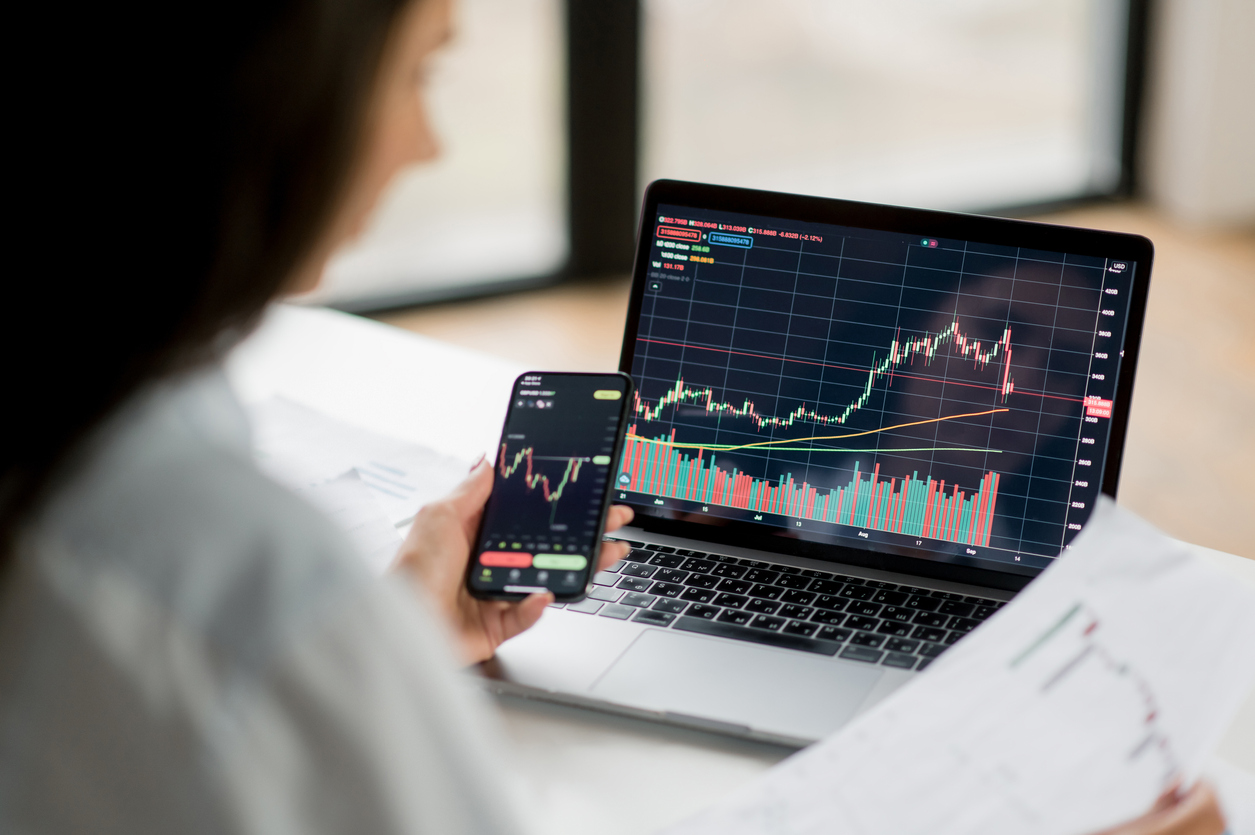
Is Capital Raising A Signal To Sell?
Capital Raising – A BUY, HOLD, or SELL Signal? In simple terms, capital raising is a company’s attempt to raise cash from outside sources. Taken at face value, it means the company needs more money than it has internally to achieve some strategic goal. To many investors, the nature of the goal is the determining…

Understanding The Cash Conversion Cycle
The Cash Conversion Cycle – a Superior Liquidity Measure When it comes to picking a stock for investment investors typically have two strategies for evaluating worthy targets – fundamental analysis and technical analysis, with fundamental analysis being the most common. Technical analysis relies on historical stock price movement while fundamental analysis examines a company’s overall…
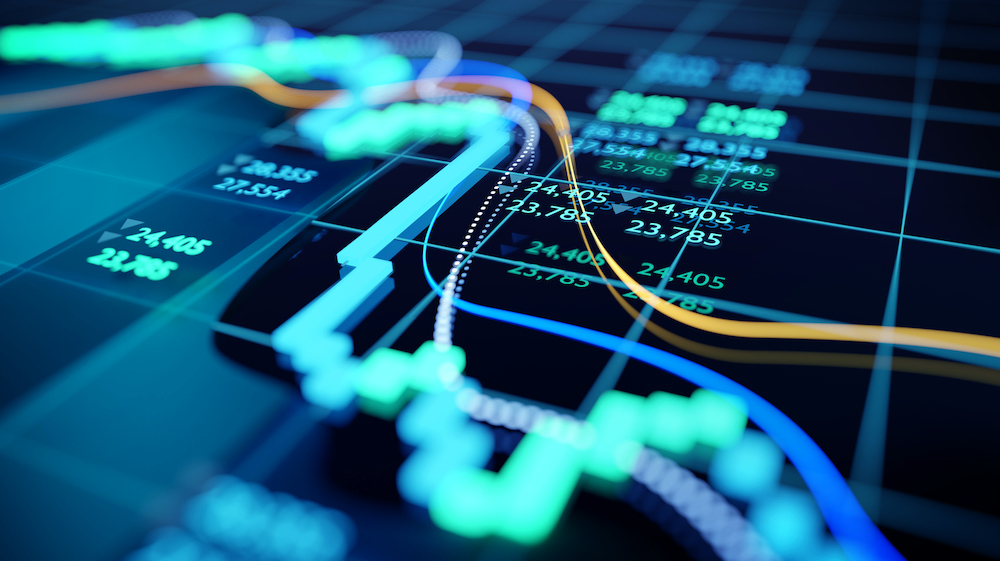
How Short Sellers Profit From Price Plunges
Making a Profit on Falling Stock Prices To some people unfamiliar with how stock markets operated, investing in stocks is nothing more than gambling. In a sense, that view has some truth in it but in reality for the vast majority of investors, the “bets” placed on individual stocks are educated bets. Picking stocks is…
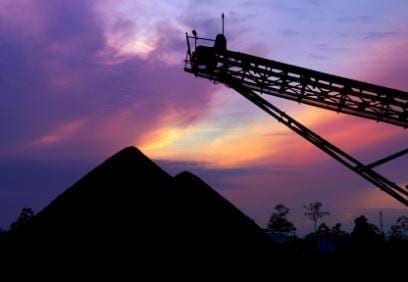
Grubstaking in the 21st Century
In 1848 thousands upon thousands of US residents swarmed to the state of California to seek fame and fortune once gold was discovered at Sutter’s Mill in the foothills of the Sierra Nevada mountains. Few of those adventurers arrived in California with enough “grub” to first pursue a claim and then mine it, with “grub”…
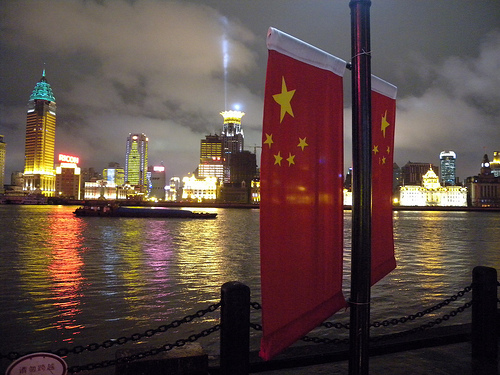
China’s consumption can make up for lost time
China’s re-opening and excess household savings means there is ample room for a recovery in consumer spending. We are overweight emerging markets (EM) equities because of the more positive outlook for China’s economy as it exits from Zero-Covid Policy (ZCP). Chinese consumer spending has lagged below its pre-Covid trend, unlike in the US Note: Indices…
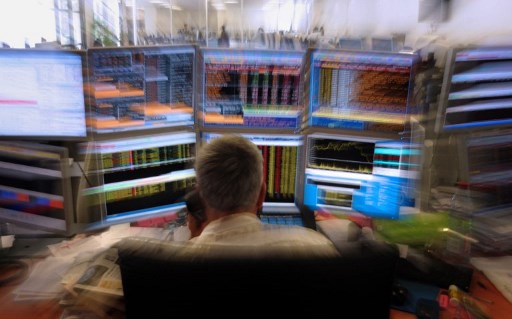
When the Experts Get it Wrong
Risk averse investors in share markets in many cases rely on mutual or exchange traded funds managed by experts. The assumption behind this strategy seems obvious – experts have the training and the time to thoroughly research both macro and micro economic conditions and the markets in which the stocks they add and subtract from…
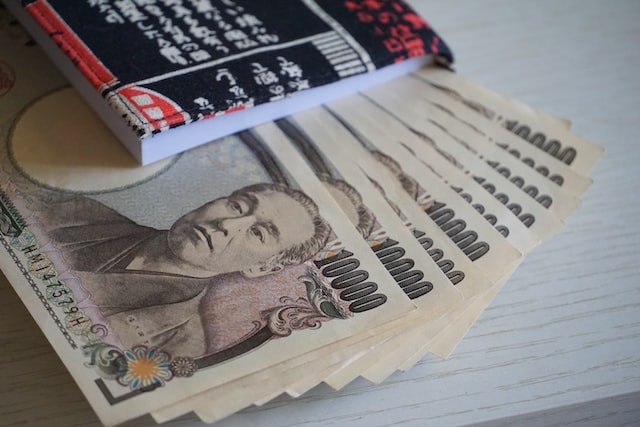
Undervalued yen presents potential opportunity
The yen was in freefall last year. But the yield curve control (YCC) adjustments by the Bank of Japan (BoJ) in December could be enough to reset that narrative, despite no further changes to policy this month. The yen is still undervalued, and we think the upside potential now outweighs the chance of further depreciation….
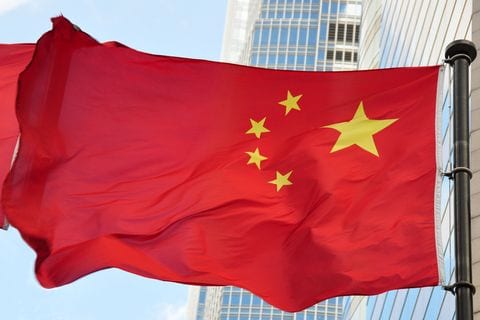
How can Australian investors profit from China’s reopening?
Three years ago this month, the Chinese government imposed a lockdown in Wuhan and created travel restrictions for every city in the central province of Hubei. It was totally unprecedented at the time, but eventually, ‘lockdown’ became a word all of us became way too familiar with. Now, after a period of mass unrest, Beijing…

Healthcare Stocks Rising
For much of the trading year, investors in ASX listed companies have seen shares of their investments rise or fall because of the “lead” of US stock markets. There are those within the global financial community who feel US markets exert an undue influence as a “lead in” to their own markets. Here in Australia…

Is It Time to Buy Technology Stocks?
The 2022 Trading Year mercifully faded into history, but the damage done to a wide array of stocks in exchanges around the world will be slow to erase. Here in Australia, technology stocks followed the lead from the US with crushing results. High interest rates are not kind to tech stocks so the drastic drops…




